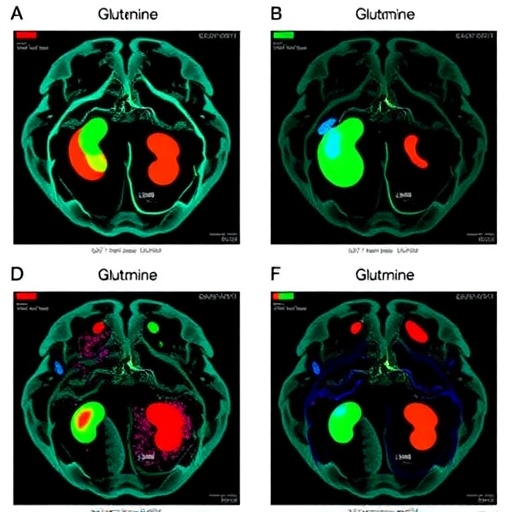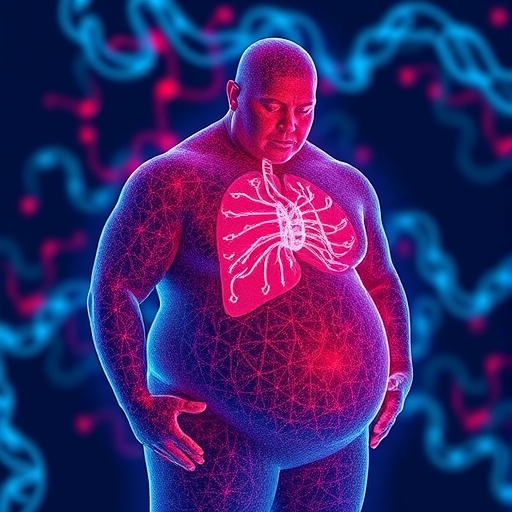
In the realm of organ transplantation, the preservation and viability of organs for transplantation has been a topic of significant research and development. The recent study published in ‘Current Transplant Reports’ by Fischbach et al. sheds light on an innovative approach known as normothermic regional perfusion (NRP). This technique harnesses perfusion technologies to enhance the successful transplantation of organs while maintaining their functional integrity. As the demand for organ transplants continues to outpace the supply, the application of NRP presents a groundbreaking solution that could markedly impact the field.
Normothermic regional perfusion is characterized by its capacity to preserve organs at physiological temperatures, differentiating it from traditional static cold storage methods. This method allows for the restoration of blood flow and oxygen to the organs, which is essential for cellular metabolism and function. By employing NRP, researchers are able to simulate conditions close to those found in a living organism, thereby mitigating the detrimental effects of ischemia, the lack of blood supply that can lead to cellular damage and organ failure.
The methodology behind NRP is multifaceted. It involves the use of advanced perfusion devices that deliver oxygenated blood or specialized nutrient solutions to the target organ. This technique not only sustains the organ’s viability but also provides a unique opportunity for dynamic assessment and conditioning of the organ prior to transplantation. These perfusion devices can continuously monitor and regulate temperature, pressure, and pH, ensuring that the organ remains in optimal conditions throughout the perfusion process.
Fischbach et al. detail the critical advancements in perfusion technology that have made NRP feasible and effective. Innovations in the design of perfusion machines and the development of new perfusates tailored for specific organs underline the rapid evolution of this field. These enhancements not only improve the quality of the perfusion but also expand the range of organs that can be successfully preserved for transplantation. The challenge of maintaining organ integrity for longer periods has been addressed through these technological advancements, offering new hope to patients awaiting transplant.
Moreover, the study dives into the implications of NRP on organ transplant outcomes. As the authors highlight, the potential for improved graft function is significant. By employing NRP, the ischemia-reperfusion injury that can occur during traditional transplantation is drastically minimized. This decrease in injury leads to better early and late outcomes for transplant recipients, including lower rates of graft failure and longer overall survival. The ability to assess organ functionality in real-time also allows for a more nuanced understanding of the organ’s readiness for transplantation.
One of the compelling advantages of NRP is its applicability to donation after circulatory death (DCD) scenarios. Organs retrieved from DCD donors often face a higher risk of poor outcomes due to prolonged ischemic times. However, by implementing NRP, these organs can be rapidly perfused and assessed, significantly enhancing their overall viability. This development could potentially increase the viability of DCD organs, augmenting the donor pool and addressing the critical shortage of available organs for transplantation.
In addition to its technical aspects, the study raises important ethical considerations surrounding organ transplantation and the permissibility of NRP in varying scenarios. As the medical community pushes boundaries toward more innovative transplant methods, issues of consent, allocation, and the potential commodification of organs emerge. The balance between technological advancement and ethical responsibility is a delicate one, prompting ongoing discourse among medical professionals, ethicists, and potential organ donors.
The authors also identify the need for more extensive clinical trials and research to fully ascertain the long-term benefits and drawbacks of NRP. While initial findings are promising, rigorous data collection and analysis will be essential in formulating robust guidelines for the use of this technology in routine clinical settings. The potential for variability in outcomes across different organ types and recipient populations underscores the need for tailored approaches in applying NRP techniques.
Regulatory considerations also play a significant role in the adoption of NRP technologies. The integration of innovative perfusion devices into clinical practice must align with existing regulatory frameworks to ensure patient safety and efficacy. The path to widespread implementation will necessitate collaboration between researchers, device manufacturers, and regulatory bodies to establish standards and ensure that innovations do not outpace safety protocols.
As the landscape of organ transplantation continues to evolve, the role of normothermic regional perfusion is poised to become increasingly pivotal. The implications of this technology extend beyond the confines of surgical practice, touching on the broader societal and ethical dimensions of health care. Addressing the challenges and harnessing the opportunities presented by NRP may well redefine the future of organ donation and transplantation.
In conclusion, the application of perfusion technologies to normothermic regional perfusion procedures represents a significant advancement in the field of organ transplantation. The findings of Fischbach et al. underscore the need for continued research and exploration of this technique, as its impact could reverberate throughout the medical community, offering new avenues for improving transplant outcomes and potentially saving countless lives.
Subject of Research: Normothermic Regional Perfusion in Organ Transplantation
Article Title: Application of Perfusion Technologies to Normothermic Regional Perfusion Procedures: State-of-the-Art
Article References:
Fischbach, C., Monday, K., Richards, G. et al. Application of Perfusion Technologies to Normothermic Regional Perfusion Procedures: State-of-the-Art. Curr Transpl Rep 12, 26 (2025). https://doi.org/10.1007/s40472-025-00482-8
Image Credits: AI Generated
DOI:
Keywords: organ transplantation, perfusion technologies, normothermic regional perfusion, ischemia-reperfusion injury, circular death donors, clinical trials, ethical considerations, organ viability, transplantation outcomes.
Tags: advancements in organ transplantationblood flow restoration in organ transplantscellular metabolism in preserved organscurrent trends in organ transplant technologyenhancing organ viability for transplantationinnovative organ transplant methodsischemia-reperfusion injury preventionnormothermic regional perfusion technologyorgan preservation techniquesperfusion devices in transplantationphysiological temperature organ storagetransplantation research and development





